July 08, 2024
Assistant Professor Binbin Wang and his research team are researching natural seeps to better understand these deep sea bubbles.
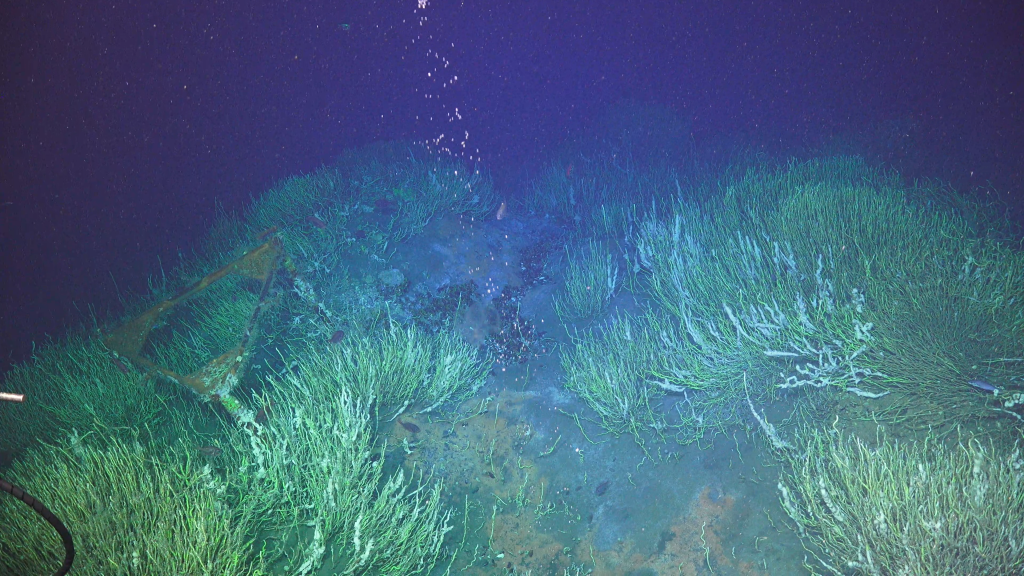
Missouri, a landlocked state, isn’t where one usually expects to find an expert on rare ocean phenomena. However, Mizzou Engineering faculty are tackling unexpected problems and researching innovative solutions to engineer a better world.
Binbin Wang has spent years researching hydrocarbons in the Gulf of Mexico and discovering how natural seeps in the ocean floor affect the environment. He is now working on a long-term research project using a National Science Foundation research vessel.
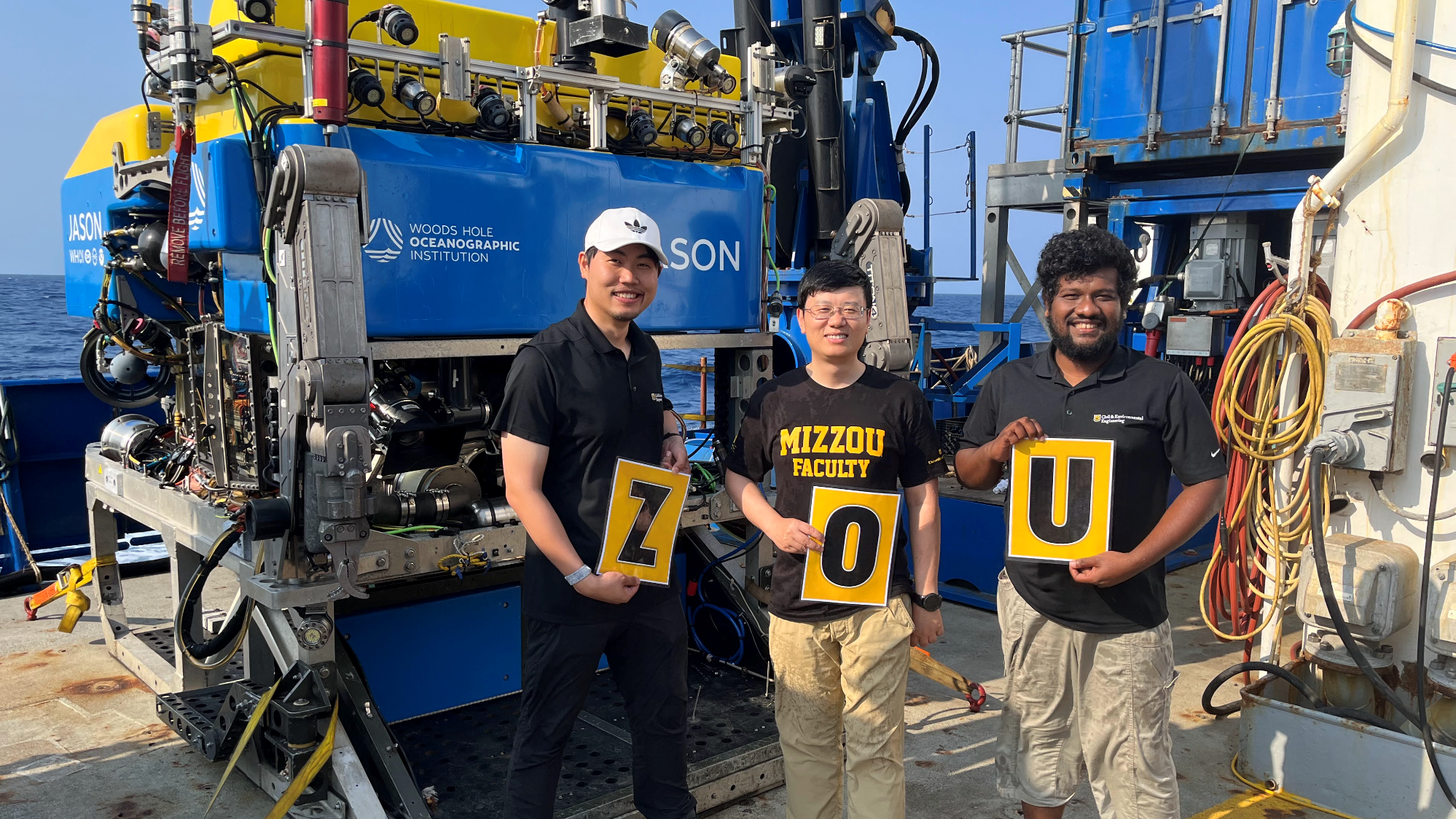
Wang, middle, says the Z-O-U photo above signifies the successful deployment of their system.
This summer, Wang, an assistant professor of civil and environmental engineering, and his research team traveled to the Gulf of Mexico to board the R/V Roger Revelle. They spent two weeks at sea documenting hydrocarbon bubbles released by natural seeps in the ocean floor, including the volume of the bubbles and how far they rose from their site of origin.
“We’re solving a very challenging problem in an extreme environment,” Wang said. “We have observations and models; we’re now combining these methodologies to help us understand the movement of these bubbles.”
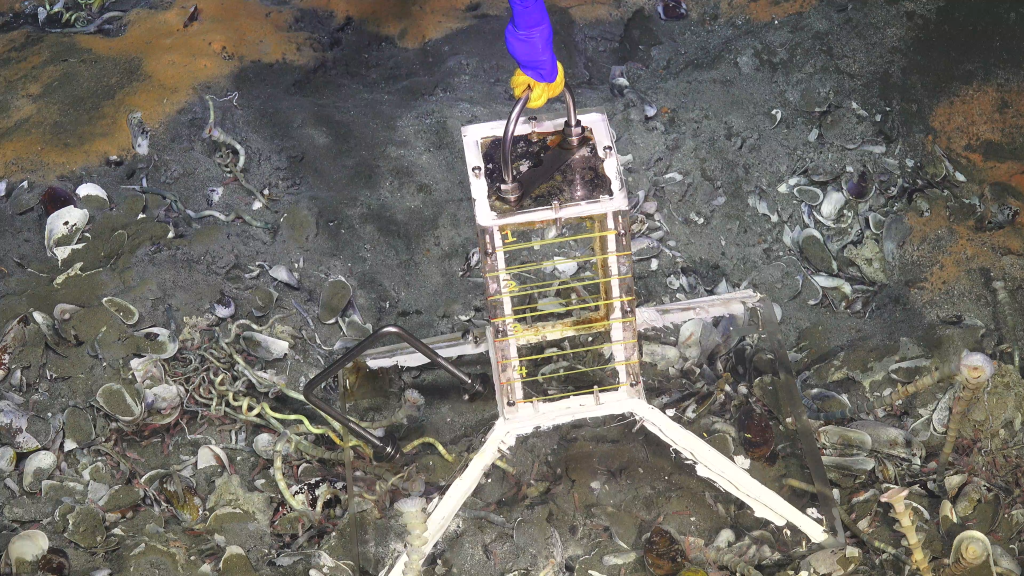
Natural seeps are a key energy source for ocean floor ecosystems. They support bacterial growth through a process called chemosynthesis. Essentially, the bacteria survive on the released hydrocarbons, like how plants use photosynthesis to gain nutrients from the sun. These bacteria then support worms and other microbial species, which in turn feed shellfish and other ocean creatures. Like plants on dry land, they form the base of the food chain.
Some researchers are concerned that the hydrocarbons, including methane, released by natural seeps will eventually make their way out of the ocean and into the atmosphere, contributing to global greenhouse gas emissions. An earlier study by Wang’s team showed that methane from deep ocean seeps fully dissolved in the water before reaching the surface. This project is investigating seeps in shallower conditions.
“Our hypothesis is that bubbles from these natural seeps do not reach the ocean surface,” Wang said.
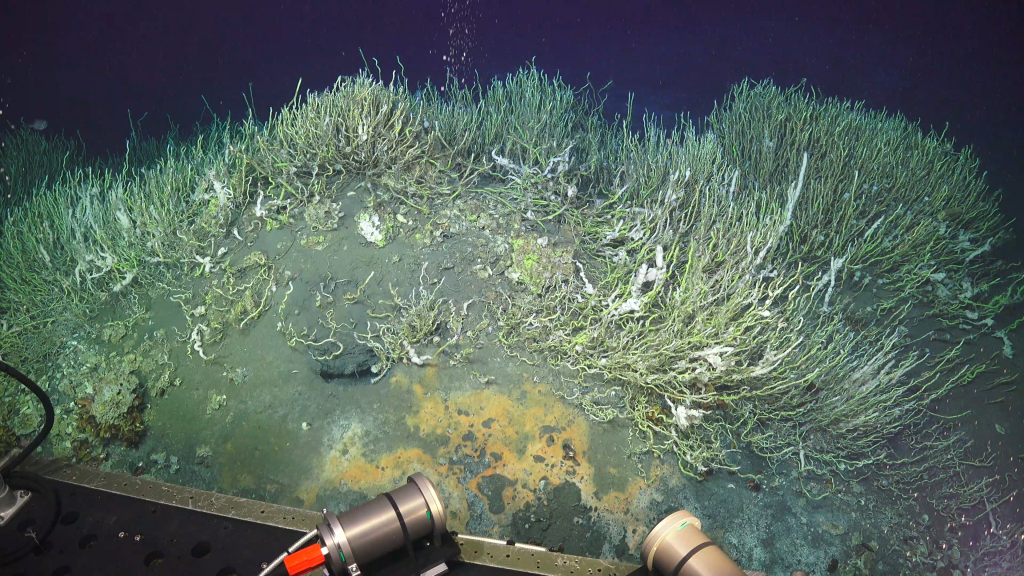
Wang was joined on the research vessel by two graduate students, Mustahsin Reasad and Xuchen Ying, the latter of whom recently received a MO-AWWA Popalisky scholarship for his research in water resource and environmental science. The team used underwater imaging equipment, lasers and sonar to capture videos and photos of natural seeps 540 meters below the ocean’s surface.
“We have a lot of data right now between videos to analyze and sonar images to process” Wang said. “We also plan to run models to predict the fate and transport of hydrocarbon bubbles. We’ll then compare this data with natural seeps at other sites.”
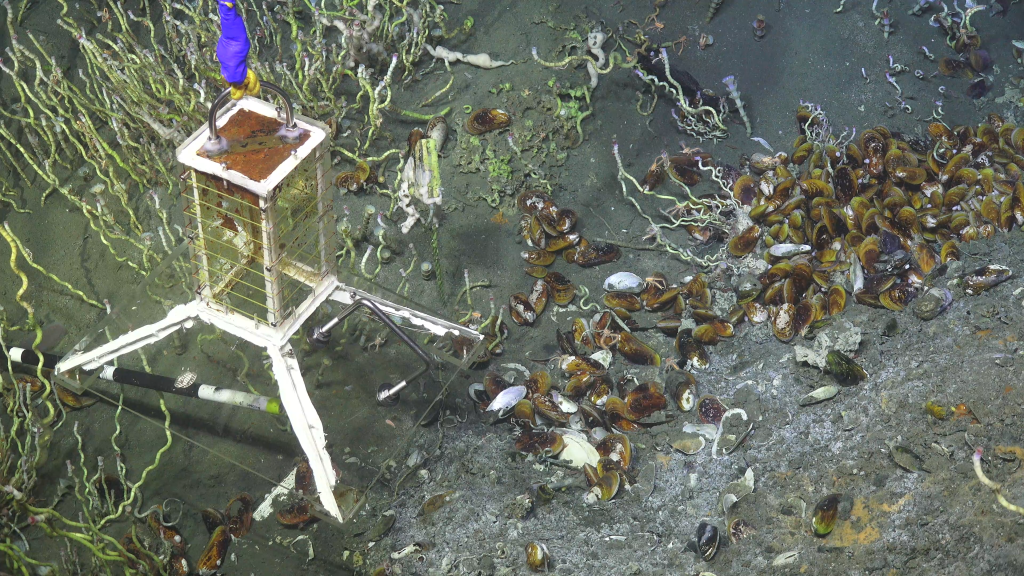
In addition to the two weeks of data Wang and his team collected aboard the R/V Roger Revelle, the group will collect a periodical sample of video data over the next six months. Every 15 minutes the equipment turns on and records 5 minutes of high-resolution images to join the collection of observational data and broaden the information the team must work with. They will return to the Gulf in November 2024 to retrieve their equipment.
“We’re contributing to a better understanding of natural phenomena on the ocean floor that has persisted for a really long time,” Wang said. “This research cruise will add another invaluable dataset to the natural seep community. Together, we can better understand natural seeps across the globe.”
Learn more about civil and environmental engineering at Mizzou.